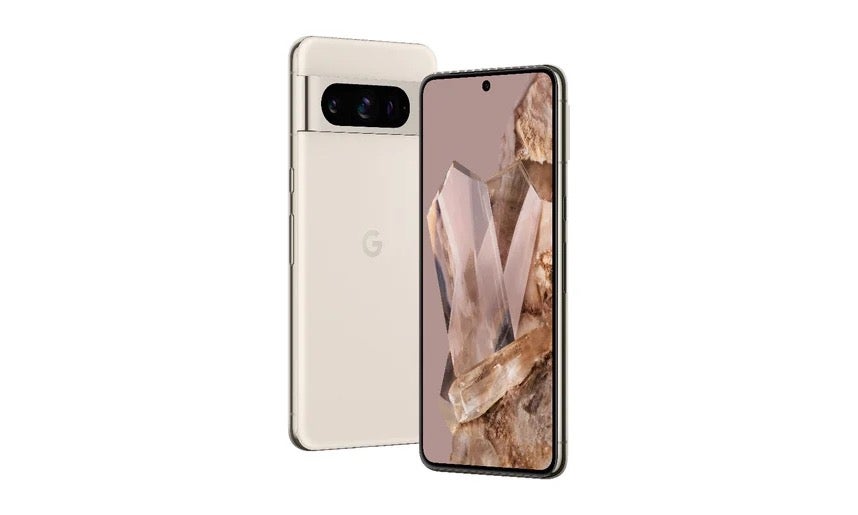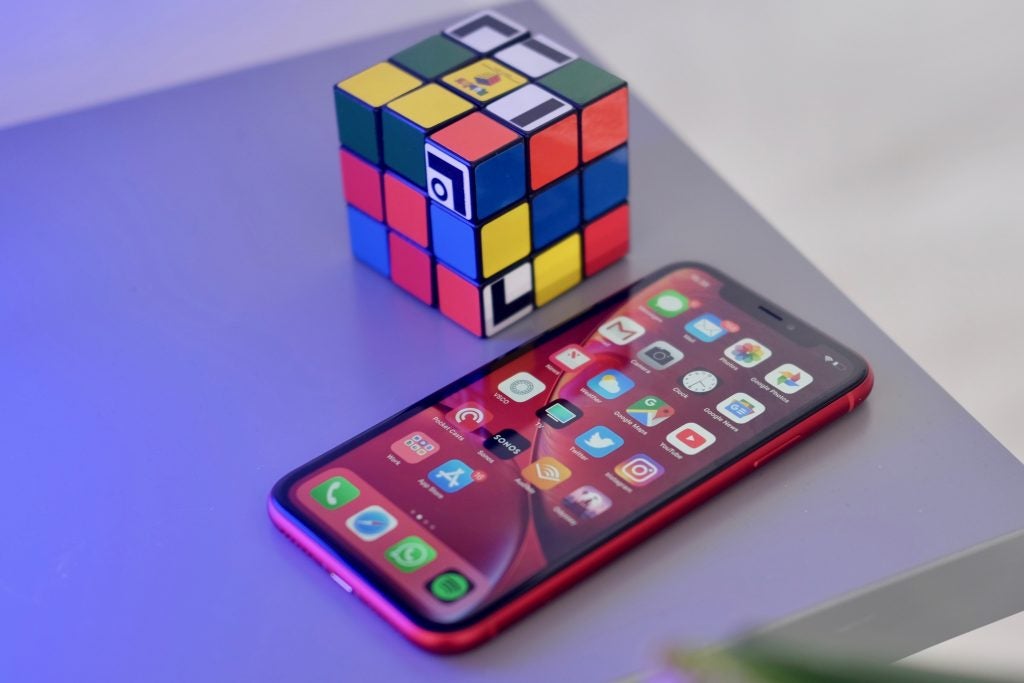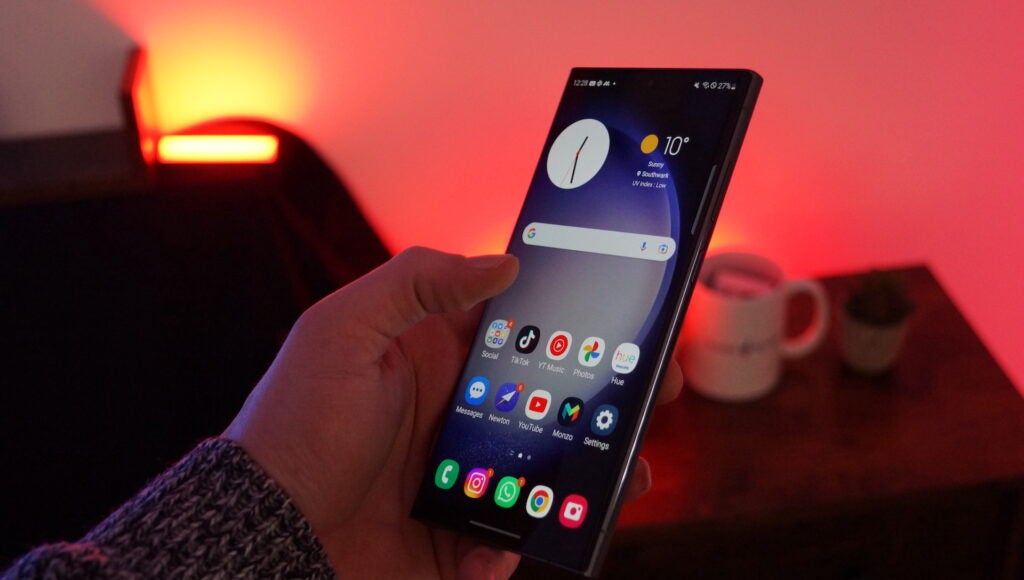OPINION: Google revealed its long-awaited update to the Pixel line in the form of the Pixel 8 and the Pixel 8 Pro earlier this week.
The phones continue Google’s focus on AI with new generative AI features and improvements to Google’s staple photography modes that allow the Pixels to take some of the best smartphone photos around – but that arguably pales in comparison to one of Google’s final announcements of the evening.
Alongside detailing the new features of the latest flagship smartphones, Google dropped a massive bombshell that’ll have ripples throughout the Android community for quite some time. That announcement? The Pixel 8 and Pixel 8 Pro will get a whopping seven years of software support, including both seven OS upgrades and seven years of security patches.
That’ll take the Pixel 8 through to Android 21 in 2030 – an impressive feat considering the phones are set to launch with Android 14 next week. That is practically unheard of in the Android space, with even the Fairphone 5 only committing to long-term security patch support until 2031. The Pixel 8 range takes this a step further.
It’s long overdue, too. The old Pixel software promise of three OS upgrades and five years of security patches was fine, but in recent years, it has been surpassed by the likes of Samsung with its four OS upgrades and five years of security patch promise for the Galaxy S23 range and other recent releases.

That wasn’t exactly a good look for Google, the company that literally develops the Android operating system that most smartphones run. The fact that a manufacturer could offer longer support than the company behind the software was more than a little bit embarrassing for the brand.
It also brings the Android OS closer to that of Apple’s iOS, whose long-term support for its devices has long been praised by many around the world. The iPhone Xr, which was released in 2018, just got the update to iOS 17 for example – something that, up until now, has been exceedingly rare on the Android side of things. That could remove a huge barrier for those tempted to switch platforms.

It’s also great both for consumers and the environment. Getting new upgrades every year will stop you from upgrading so often, as you’ll likely gain access to many of the new features of newer models of smartphones running newer software, and that means less electronic waste going to landfills around the world.
It should also force other Android manufacturers to rethink their long-term software support to better compete with Google’s new promise, which should benefit the Android ecosystem as a whole.
That’s a great start, but there’s more work to be done on the Android OS upgrade side of things, with a notable level of fragmentation between manufacturers and the various skins that are used.
This means that unlike iPhones, which get updates every September like clockwork, you won’t be able to say ‘my Android will definitely get the latest Android update in October’ as it simply doesn’t work like that on Android.

Unlike Apple, which has control over every model of iPhone and can therefore take care of all updates in-house and sync the release schedule, Android updates are handled individually by the smartphone makers, further complicated by the various custom skins like MIUI and ColorOS that some manufacturers use.
This means that Android manufacturers need to essentially update their phones on a per-model basis, verifying that they play well with network providers and, of course, implementing the new features of the OS upgrade to work with the hardware on offer, and that doesn’t happen to a fixed schedule.
That’s further complicated by the sheer number of Android phones compared to the relatively limited selection on offer from Apple.
That means that, even with long-term OS upgrades promised, you may not get the latest update until weeks or even months after its initial release. I wouldn’t expect most Android 13 devices, like the OnePlus 11 and Samsung Galaxy S23 Ultra, to get the Android 14 update until the end of 2023 or, more likely, sometime early in 2024.
So, while Google is finally leading the charge on long-term Android support with the Pixel 8 series, there’s still much to be done before it’s truly on par with what Apple offers.











